Light equipment are used to support a construction job site. Many works are regularly undertaken with light construction projects around their facilities, whether to upgrade or expand landscaping or repair utility equipment. For the development of infrastructure and manufacturing industries, light machinery plays a pivotal role. The importance of these machinery lies in their applications. They are used in both small and big industries and also for the construction, development and maintenance of big infrastructures. Light construction equipment offers managers and operators a range of sizes, features and capabilities. Understanding the differences among these options enables managers to select equipment that best suits the specific project. Discussed below are different types of light construction equipment used across projects in India.
Vibratory plates
The latest models features two amplitudes: a high setting for soil and aggregates and a low setting for asphalt. Traditionally, fleet owners had to purchase two separate machines to access such varying amplitudes. The water sprinkling system – including spray bars on both drums, a large water tank and a generous opening for easy filling – is built on the machine as a standard. No costly options are needed to switch to asphalt. Modern vibratory plate an excellent choice for new commercial interior or renovation projects, poorly ventilated areas such as trenches and tunnels, and projects with strict emission and noise guidelines. The simple operation and reliable compaction performance make the cordless plate an excellent rental machine. Available with and without a water tank. These vibratory plates are easy to operate, making them ideal for rental fleets. They also are versatile, with an ability to easily adjust to varied applications. Many are available with diesel or petrol engines. When it comes to production, some of these machines move as quickly as soil compactors. They are high-climbers, too, with various models performing on grades. They also are versatile, with an ability to easily adjust to varied applications. Many are available with diesel or petrol engines.
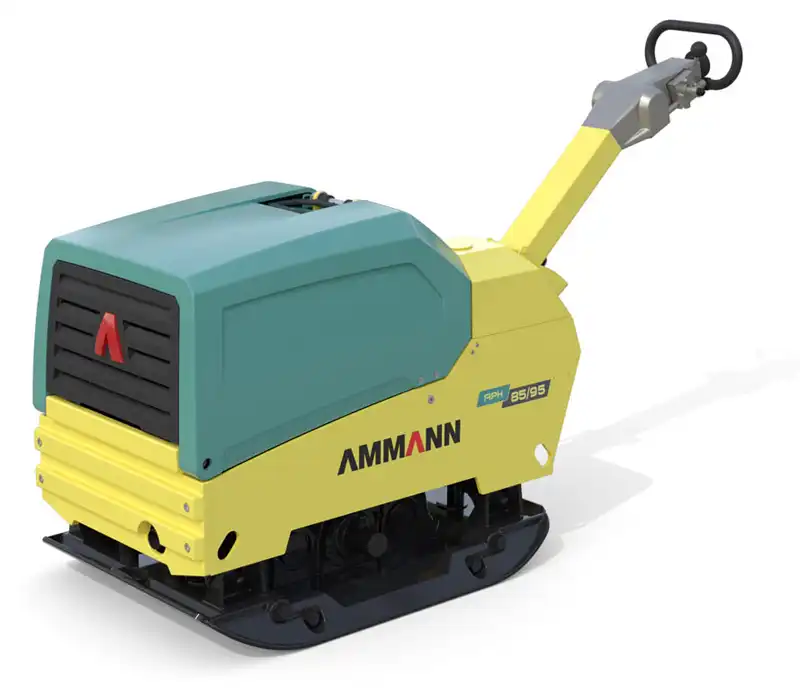
Breaker
These are commonly used with asphalt chisels for road building and maintenance applications but also work well in brickwork, frozen soil and concrete. The beakers are incorporated with KRUPP percussion technology, which makes the breakers with the highest power to weight ratio. and delivers maximum impact power Due to lower weight and higher efficiency, less hydraulic input power is required from the carrier while maintaining maximum impact performance. This allows smaller carriers to be used which results in lower investment costs for the carrier. It is used for applications such as scaling, trenching, quarrying and pavement removal. The unique solid body concept, integrates percussion mechanism and guide system into a single block of special case iron, decreasing the total number of parts significantly.
Rammer
The latest rammer range comes with the stroke length and Idle Blow Protection can be easily adjusted to allow the Ramme to be purpose-matched to individual applications. The long-stroke setting uses a lower blow frequency for optimum breaking in hard materials, such as granite and reinforced concrete foundations, while the short stroke setting delivers a higher blow frequency which is ideal for softer materials, such as limestone. The Idle Blow Protector on/off selector allows the operator to easily adjust the working mode to protect against idle strokes. The newer model utilizes long-life, high-tension tie rods for improved reliability and lower operating costs. The tool-retaining pins are locked by simple, reliable rubber rings, while the surface of the lower tool bushing has been specifically designed to provide longer tool life. The Ramvalve monitors the oil flow through the hammer. If the oil flow exceeds the pre-defined setting, the valve adjusts the flow to a very low level and drops the hammer’s impact rate. The model is offered with three greasing options: a centralized manual option; carrier-mounted automatic greasing which utilizes a cartridge mounted on the hammer to automatically deliver optimum levels of lubrication for greater wear protection and longer service life.

Walk-behind roller
Walk-Behind Rollers are demanded in construction and maintenance operations on roads and grounds. This is the roller that has gained exceptional value among our clients for durability and excellent quality. The newer models are used for their better smooth performance and longer durability, are widely used for construction and repairing of roads and also to maintain edges of highways. They are also credited for their sturdiness and easy handling. Latest-model features an optimal combination of centrifugal force, vibration frequency, and static weight, resulting in an excellent compaction effect. Travel of the machine is ensured by the hydrostatic system, consisting of a regulating hydraulic pump and a hydro motor. Travel speed and direction can be controlled infinitely by the travel control level, within the range from zero to maximal speed.
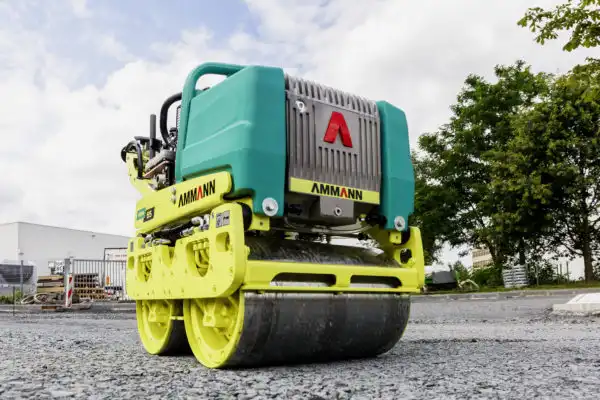
Add-on compactor
Operators can now compact materials without entering trenches with add-on compactors. These machines enable the compaction of large dumping heights. The add-ons fit on excavators, which use their reach to compact in hard-to-access places such as deep, narrow trenches and particularly steep grades. They also can provide most other compaction machines for such applications.
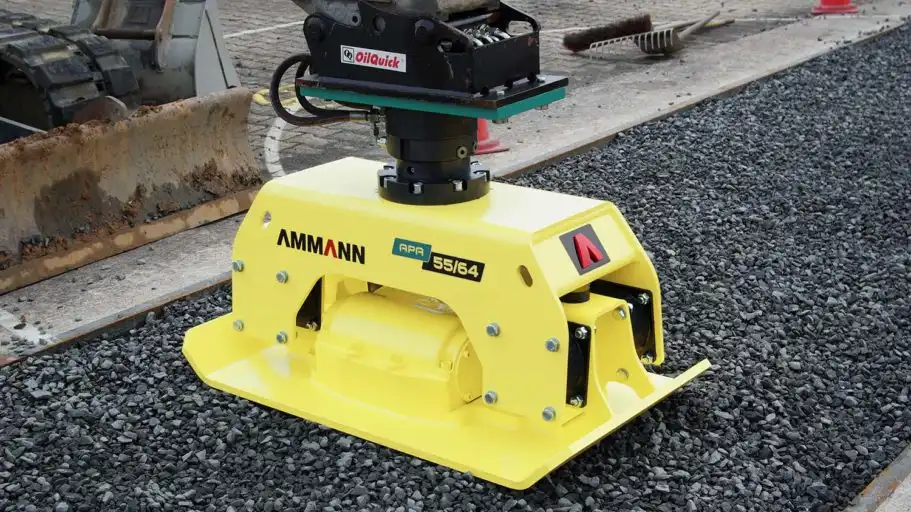
Trench roller
Trench rollers, also called multipurpose compactors, perform well in cohesive soil types, such as clays, that can be very difficult to compact. The Trench Rollers can overcome the high moisture content in clays through their extreme compaction energy and the kneading effect of their padfoot drums. Two different settings of amplitudes and compaction performance enable varied machine usage on construction sites. The machines perform effectively and quickly on less challenging soils, too.
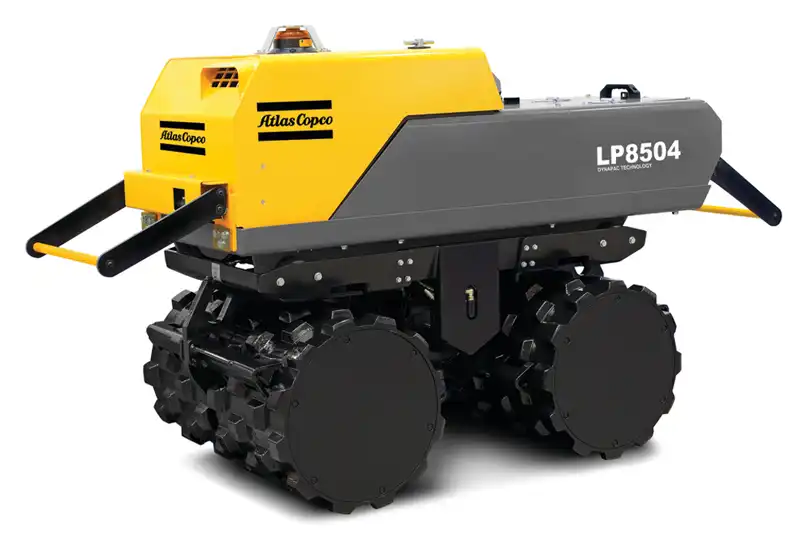
Pneumatic dust collector
Pneumatic dust collectors use vacuum technology to efficiently remove dust directly at the source and keep the silica dust level on your construction site below the permissible exposure limit. They work indoors as well as outdoors.
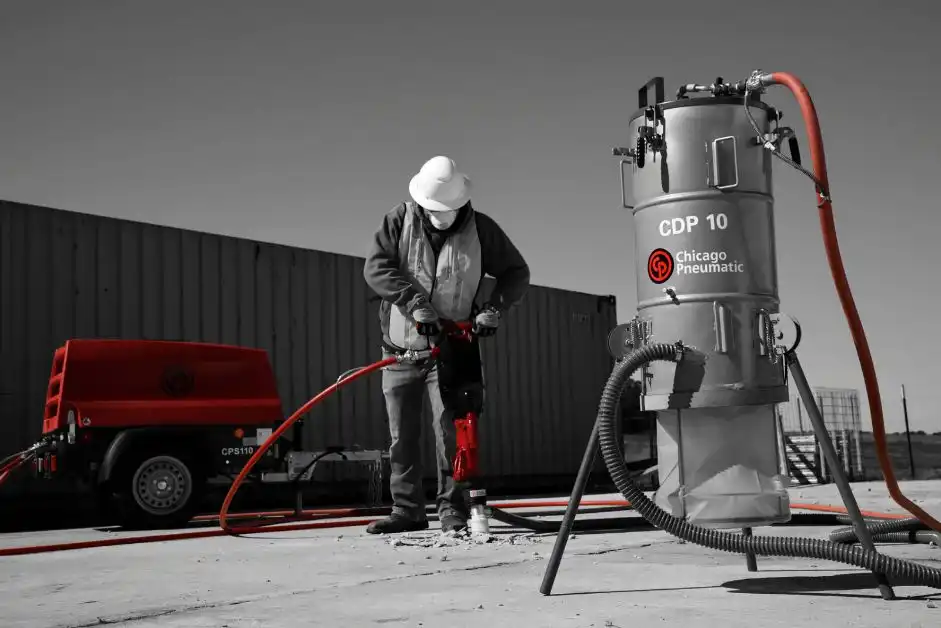
Conclusion
The market is expected to grow at a steady growth rate in the coming years. This is due to increasing industrial, residential, and commercial construction activities. Rising government investments for infrastructure development is expected to offer lucrative opportunities for growth of the construction light equipment market.
Image Source: ammann.com/cn-en/, atlascopco.com/en-in/, cp.com/en-in

